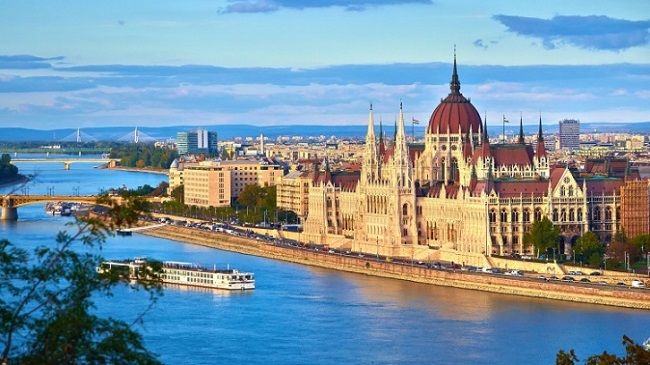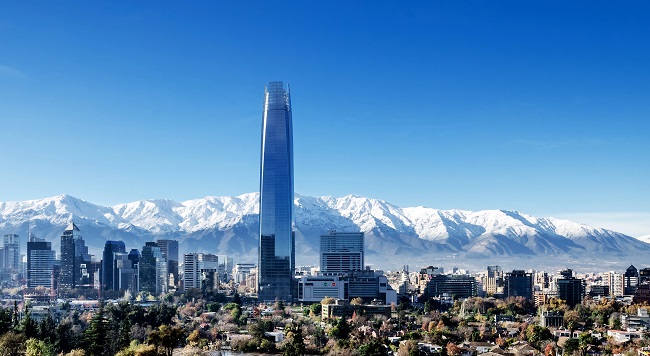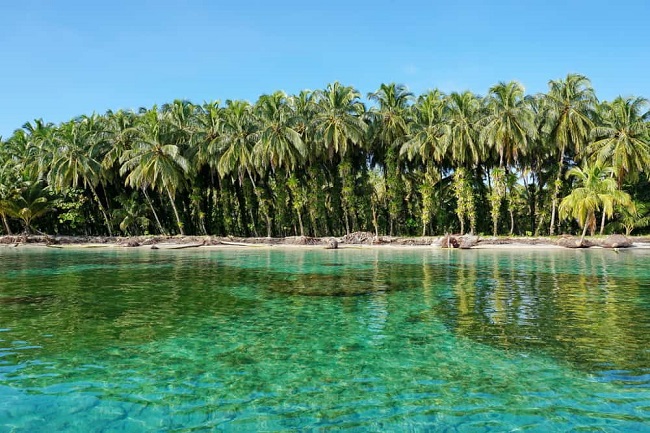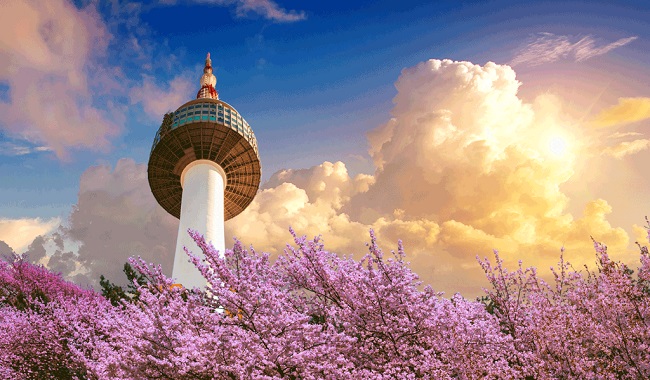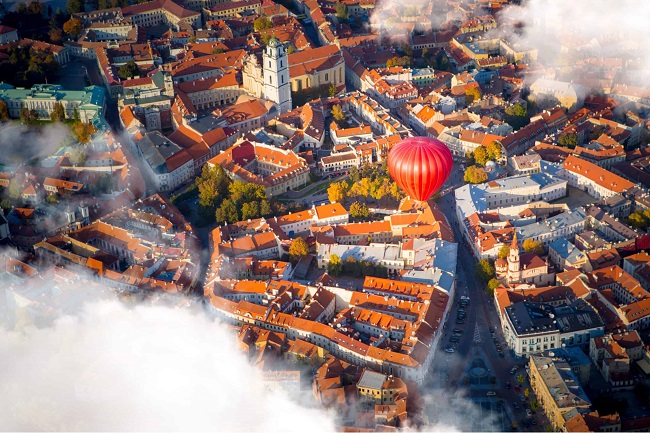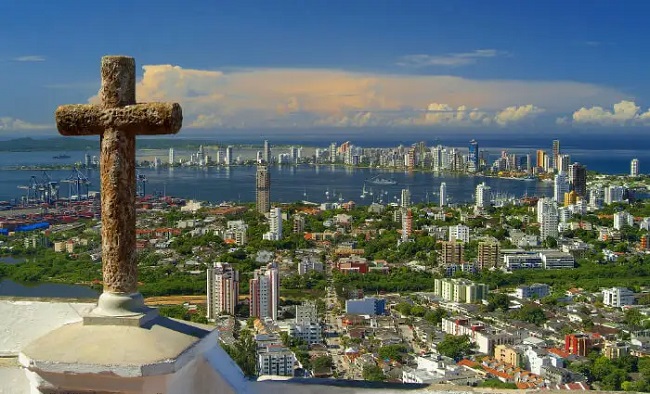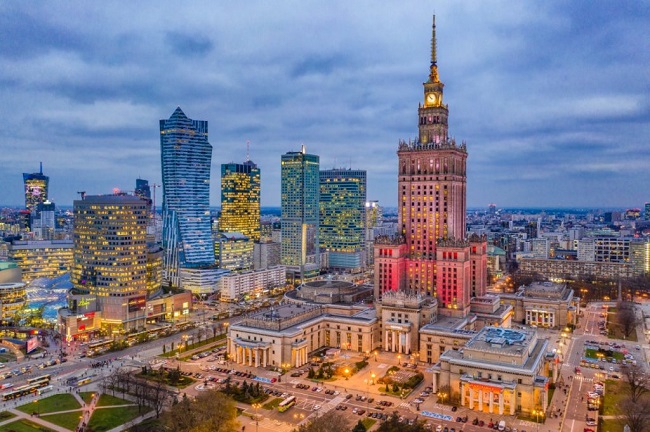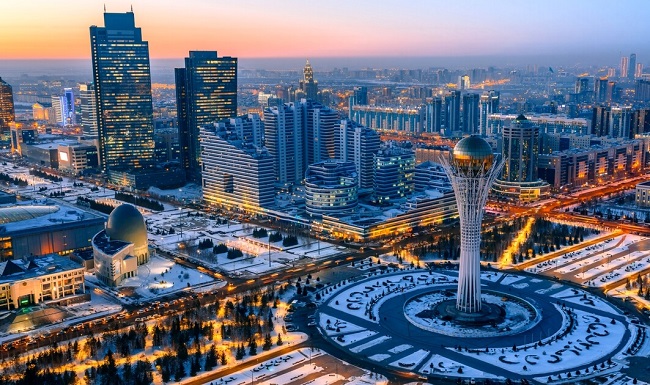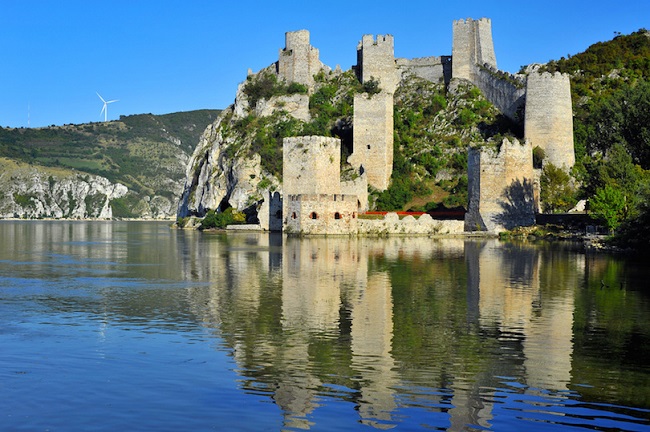The city of Beijing is a hive of activity, full of people and noise. The city that serves as China’s capital is a unique blend of modern development and reverence for its illustrious past.
Top 10 Places to Visit in Beijing
Walking around Beijing is a great way to see the city, whether you’re interested in discovering the city’s storied hutongs, sampling the wares of a bustling night market, or seeing some of the city’s most famous landmarks.
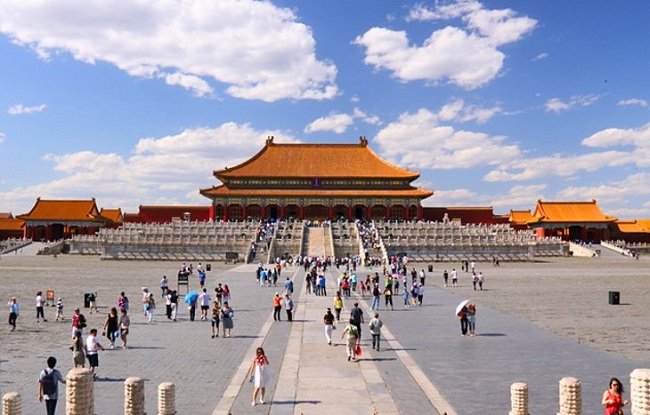
1.Gulou and Zhonglou
The Drum and Bell Towers, or Gulou and Zhonglou, were utilised as official timekeepers in Beijing during the Yuan and Ming dynasties. Now they serve as museums for visitors to learn about ancient Chinese building techniques.
Located at the crossroads of Gulou and Di’anmen streets, Gulou, also known as the Drum Tower, was built by Kublai Khan in 1272. Those who are physically capable of making the ascent to the observation deck will be rewarded with breathtaking panoramas of Beijing.
The Bell Tower, or Zhonglou, can be found just beyond the Drum Tower. Both can be found within a hutong, or traditional alleyway, in a central part of Beijing.
2. 798 Art District
The 798 Art District is Beijing’s cutting-edge art district, and even non-artists will learn something from a visit there. The 798 Art District, housed in a former electrical power plant, is a bustling hub of creative energy.
Tourists can watch artists at work in their studios, shop for original works and souvenirs with an artistic theme, rest their weary feet at a pavement café and take in the sights of any of the city’s hundreds of public sculptures. There is simply too much to see at the 798 Art District to fit into a short visit.
3. Nanluoguxiang
The elites of Beijing live on Nanluoguxiang. As if drawn by a magnet, young people are drawn to the area’s vibrant nightlife at its hip restaurants and pubs. Throughout the day, when shoppers aren’t out scoping the newest trends, it’s peaceful here.
Nanluoguxiang, immediately off Guloudongdajie (East Gulou Street), is a great starting point for exploring the hutongs, the narrow passageways packed with traditional houses, and is only a short distance from the Drum Tower.
Although many of these quadrangle residences with red doors are also being remodelled, the Gulou neighbourhood is one of the few places in Beijing where hutongs still exist.
4. Lama Temple
Located in Beijing’s northeast, the Yonghe Lama Temple (Palace of Peace and Harmony) is a massive Tibetan Buddhist monastery. The temple was commissioned by Chinese emperors who were fascinated with Tibetan Buddhism.
Several Tibetan and Mongolian monks have taught and lived here over the centuries, and some remain now. Maitreya Buddha, whose height is 26 metres (85 feet), was carved from a single piece of white sandalwood and is housed at the temple.
5. Beihai Park
Centrally located in Beijing, Beihai Park is always a pleasure to visit. People from all around Beijing come to this park to ice skate on the lake in the winter and take in the cherry blossoms in the spring. On Qionghua Island, the White Dagoba Temple is a well-known landmark due to its distinctive Tibetan architecture.
The park’s proximity to the Forbidden City made it a popular venue for royal recreation. The Chinese population comes alive on weekend mornings, whether it’s for dancing, karaoke, Peking opera, badminton, string quartets, or any number of other activities. It’s like a buffet of fun for the whole family.
6. Tiananmen Square
Tiananmen Square is the largest city square in the world, and it is surrounded by monuments and government buildings in the Soviet style. It’s still awe-inspiring, so people go from all around China to view it, and many of them are first-time visitors to the Chinese capital.
In the north end of the square, there is a flag raising and lowering ceremony that takes place every morning and evening. In front of the Tiananmen gate are four marble lions, one of which was hit in the stomach during the 1989 massacre that took place in Tiananmen Square.
7. Summer Palace
Longevity Hill and Kunming Lake are the most prominent features of the Summer Palace, which is situated approximately 15 kilometres (9.3 miles) from the heart of Beijing. The Summer Palace served as the imperial family’s summer refuge from the Forbidden City, as its name suggests.
In 1750, an extensive expansion was made to the gardens, modelling it after the layouts of imperial palaces and gardens found throughout China. The West Lake in HangZhou served as inspiration for the expansion of Kunming Lake.
8. Temple of Heaven
Chinese Heaven worship predates Taoism, yet the Temple of Heaven is commonly thought of as a Taoist shrine. From 1406 to 1420, during the reign of the Yongle Emperor, who also built Beijing’s Forbidden City, the temple was built.
The temple is not only an attractive landmark, but also the centre of a large public park where many locals go to do tai chi in the mornings and on weekends.
9. Badaling
Although Badaling is the most convenient Great Wall location for visitors coming from Beijing, it is also one of the busiest. (Hint: go on a weekday afternoon or take a left after entering the main gate to avoid the crowds.)
Guests of the Chinese government are taken to Badaling, which is accessible via public bus from Deshengmen on Beijing’s Second Ring Road. Amazing panoramas may be seen of the Great Wall, the world’s longest outdoor museum, winding its way across the highlands.
Certain sections of Badaling are accessible to wheelchairs, and the area also features a fantastic Great Wall Museum with displays depicting the construction and defence of the wall.
10. Forbidden City
The Forbidden City is the largest palace complex in the world, and it receives over 8 million tourists every year. Built in the 15th century during the Ming Dynasty, the Imperial Palace was the house of Chinese emperors and their families and the site of important political and ceremonial events in China until 1911.
It is located in the centre of Beijing, close to Tiananmen Square. From the Forbidden City to the abdication of Emperor Puyi, a total of 24 emperors ruled China for over 500 years. Because of its religious significance as the earthly dwelling of the Heavenly Emperor, the palace was once known as the Forbidden City and is now known as the Palace Museum.
The massive complex, which spans a rectangular area and contains 90 palaces and halls with courtyards, approximately 1,000 additional buildings, and 8,700 rooms, is surrounded by a wall eight metres high.
Paintings, pottery, porcelains, musical instruments, fabrics, martial weapons, and things utilised by the imperial family on a daily basis span centuries and are housed in the complex. There are also a few places to eat and buy trinkets for visitors to the complex.
